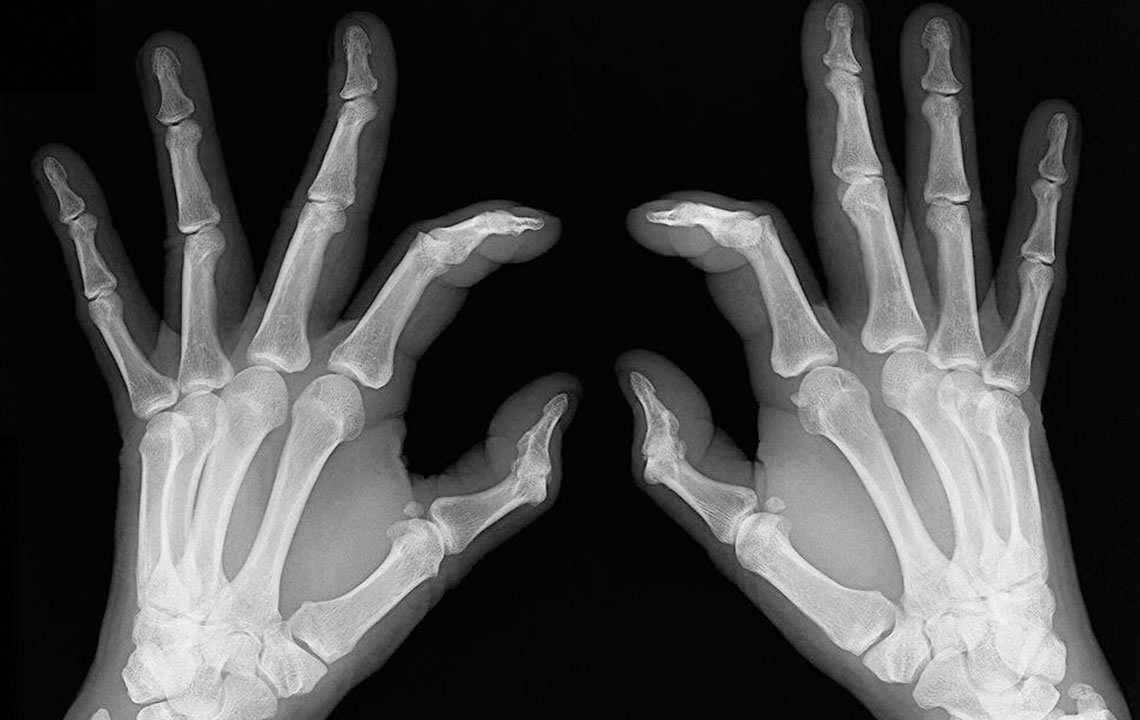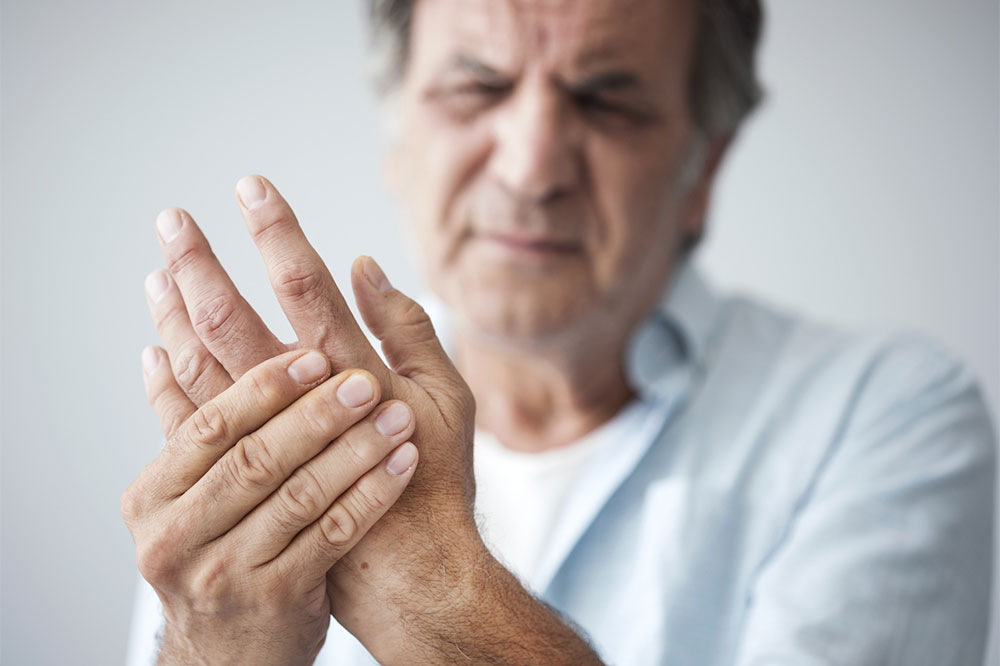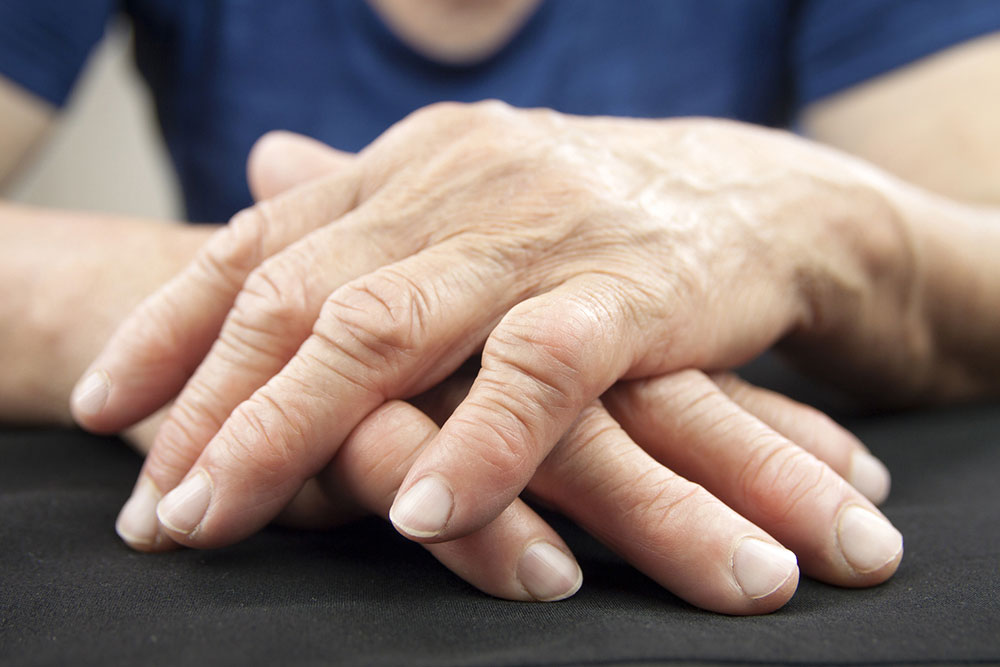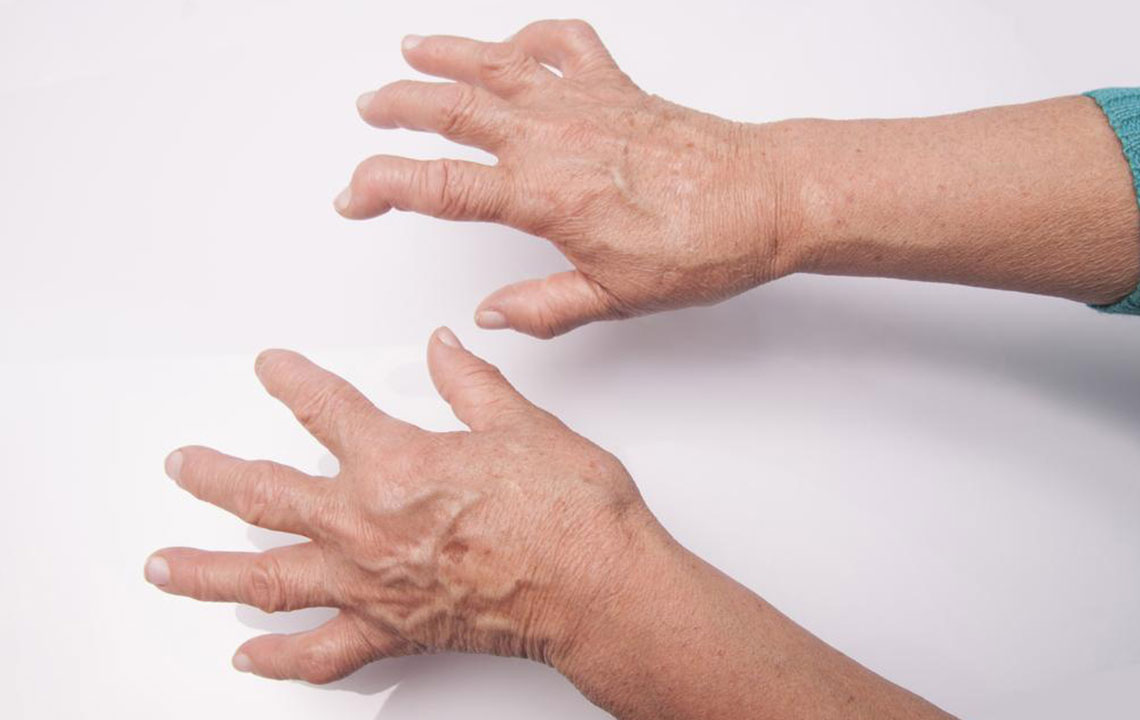Comprehensive Guide to Detecting Early Symptoms of Rheumatoid Arthritis
Rheumatoid arthritis is a chronic autoimmune disease that can cause joint deformity and systemic issues. Recognizing its early symptoms such as joint swelling, pain, stiffness, redness, and deformity is crucial for effective treatment. This comprehensive guide emphasizes the importance of early detection, detailed symptom recognition, and timely medical intervention to prevent irreversible joint damage and improve quality of life.
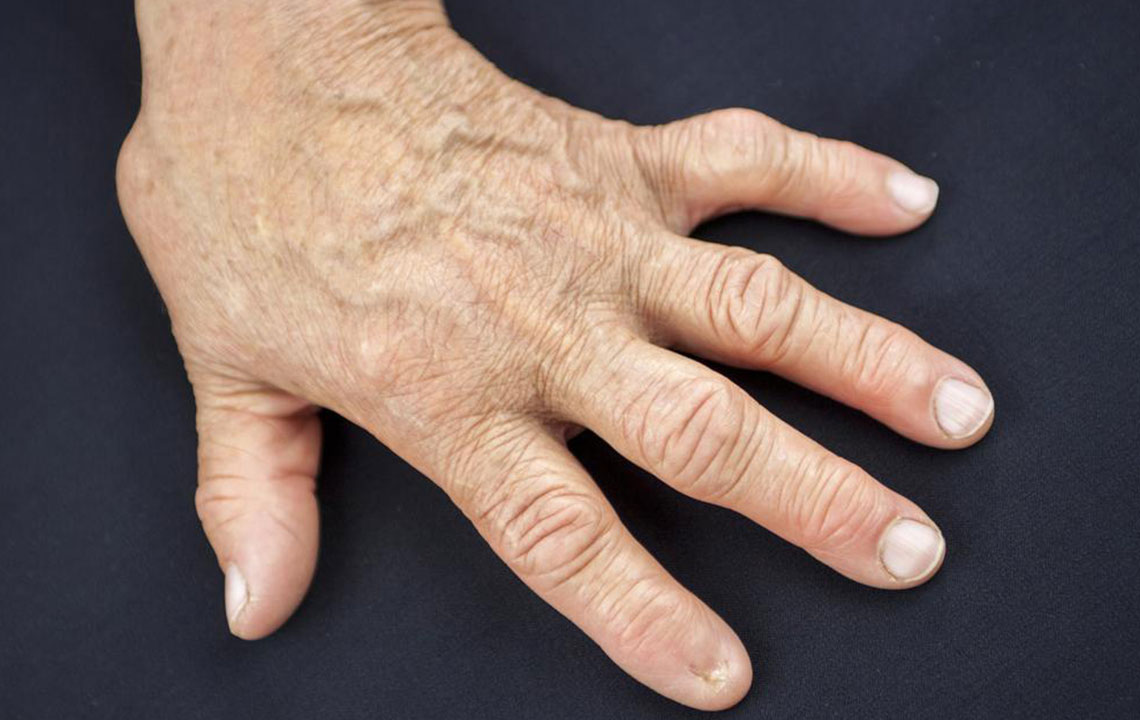
Recognizing the Early Signs and Symptoms of Rheumatoid Arthritis
Rheumatoid arthritis (RA) is a complex, chronic autoimmune disorder that primarily targets the joints, leading to inflammation, pain, and potential joint deformity if not diagnosed and treated promptly. It can affect individuals of various ages but is most common among middle-aged adults. RA's early symptoms can often be subtle and mimic other common health issues, which underscores the importance of awareness for early detection. Recognizing the initial signs—such as persistent joint swelling, tenderness, stiffness, redness, warmth, and signs of joint deformity—can make a significant difference in managing the disease effectively and preventing irreversible joint damage.
Rheumatoid arthritis isn’t just a joint problem. While it predominantly affects the small joints of the fingers, wrists, feet, and ankles, it can also have systemic effects impacting the skin, eyes, lungs, heart, blood, and nervous system. This widespread influence highlights the importance of early diagnosis and comprehensive treatment strategies.
Key Early Symptoms of Rheumatoid Arthritis You Should Know
Early recognition of RA symptoms is crucial for establishing an effective treatment plan that can slow disease progression and improve quality of life. Here are the most common early signs and symptoms associated with rheumatoid arthritis:
Swelling in affected joints: One of the earliest signs of RA involves swelling caused by inflammation of the synovial membrane within the joint capsule. This swelling is often visible and may impede normal functions, such as gripping objects or performing daily activities. For example, individuals might notice swelling around their fingers, which can make even simple gestures like removing rings or holding utensils uncomfortable.
Persistent joint pain and tenderness: RA typically causes aching and tenderness in inflamed joints. The pain often worsens during periods of active inflammation and can persist even between flare-ups. Chronic pain can lead to decreased mobility and affect daily routines, making it essential to seek medical evaluation when these symptoms occur.
Morning stiffness and reduced mobility: Stiffness after waking is a hallmark early symptom of RA. Unlike typical stiffness that resolves within minutes, RA-related stiffness can last for an hour or more and may continue throughout the day in severe cases. Over time, this stiffness might become continuous, significantly impairing joint function.
Redness and warmth around joints: Inflamed joints often appear red and feel warm due to increased blood flow caused by inflammation. These signs can be subtle but are important indicators of active joint inflammation and should not be ignored.
Joint deformity and structural damage: If RA remains untreated, chronic inflammation can lead to cartilage destruction and bone erosion, ultimately resulting in deformities. Visible signs include misaligned fingers, U-shaped or S-shaped deformities, and other structural changes that impair hand or foot function.
Additional Symptoms and Signs of RA
Besides the primary joint symptoms, rheumatoid arthritis can present with other signs that may aid in early diagnosis:
Polyarthritis: Multiple joints are often affected simultaneously, usually in a symmetrical pattern—either both hands or both feet.
Fatigue and malaise: Persistent tiredness, general weakness, and a sense of malaise often accompany active disease phases.
Fever and rheumatoid nodules: Some individuals may experience low-grade fever and develop firm nodules under the skin near affected joints—known as rheumatoid nodules—particularly in severe cases.
Unexplained numbness and joint locking: Symptoms such as numbness, tingling, or episodes of joint locking—especially in the knees—may occur, indicating nerve compression or joint instability.
Less Common and Atypical Presentations
Sometimes RA might manifest with less typical symptoms, potentially mimicking other conditions. For example, widespread musculoskeletal pain without significant joint swelling can resemble fibromyalgia. Additionally, RA can present with dryness in the eyes and mouth as part of secondary conditions like Sjogren’s syndrome. Lung involvement might cause breathing difficulties, while systemic effects such as anemia and organ inflammation serve as reminders of the disease's complexity. Early diagnosis is essential to differentiate RA from these conditions and initiate appropriate treatment.
Due to the variability in symptoms and their overlap with other health issues, early consultation with healthcare professionals is vital when experiencing persistent joint pain, swelling, or other related symptoms. Laboratory tests, imaging studies, and comprehensive clinical evaluations help confirm the diagnosis and guide effective management.
